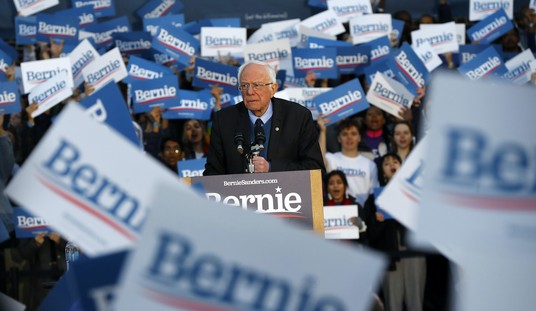Remember Bush v Gore in 2000? We may be headed back to that as a precedent for the Minnesota recount in the Senate election between Norm Coleman and Al Franken. University of St. Thomas law professor Michael Stokes Paulsen calls the recount “a legal train wreck”, certain to be scotched by federal courts at some point:
You would think people would learn. The recount in the contest between Norm Coleman and Al Franken for a seat in the U.S. Senate isn’t just embarrassing. It is unconstitutional.
This is Florida 2000 all over again, but with colder weather. Like that fiasco, Minnesota’s muck of a process violates the Equal Protection Clause of the U.S. Constitution. Indeed, the controlling Supreme Court decision is none other than Bush v. Gore. …
Minnesota is Bush v. Gore reloaded. The details differ, but not in terms of arbitrariness, lack of uniform standards, inconsistency in how local recounts were conducted and counted, and strange state court decisions.
Consider the inconsistencies: One county “found” 100 new votes for Mr. Franken, due to an asserted clerical error. Decision? Add them. Ramsey County (St. Paul) ended up with 177 more votes than were recorded election day. Decision? Count them. Hennepin County (Minneapolis, where I voted — once, to my knowledge) came up with 133 fewer votes than were recorded by the machines. Decision? Go with the machines’ tally. All told, the recount in 25 precincts ended up producing more votes than voters who signed in that day.
Then there’s Minnesota’s (first, so far) state Supreme Court decision, Coleman v. Ritchie, decided by a vote of 3-2 on Dec. 18. (Two justices recused themselves because they were members of the state canvassing board.) While not as bad as Florida’s interventions, the Minnesota Supreme Court ordered local boards to count some previously excluded absentee ballots but not others. Astonishingly, the court left the decision as to which votes to count to the two competing campaigns and forbade local election officials to correct errors on their own.
We’ve noted some of the odd decisions made by both the Canvassing Board and the state courts during this period. The most strange came when the Supreme Court left it to the two campaigns to decide which absentee ballots should be counted and which should not. Political campaigns do not run elections — the states do, and the legal authority for this question should have been the counties, under state law.
The question now facing the courts, especially the federal courts once the case goes to appeal, will be whether the Election Day vote can be salvaged. Paulsen offers a very pessimistic view. The opening of rejected absentee ballots makes that unlikely. Also, in at least 25 precincts, we now have more votes than signatures from people who got ballots on Election Day. It will be almost impossible to determine which votes were valid and which were artifacts of the recount. With only 225 votes separating the two candidates, Paulsen considers the recount too unreliable.
The remedy? A do-over. Unlike in Bush v Gore, we have no real deadline pressing on Minnesota for a resolution. Tim Pawlenty can make an interim appointment while the state prepares for a run-off election. Unfortunately, a court will have a difficult time ordering such a solution; that would have to originate with the state legislature, which won’t be terribly motivated to act in such a manner while Franken holds any kind of lead.








Join the conversation as a VIP Member